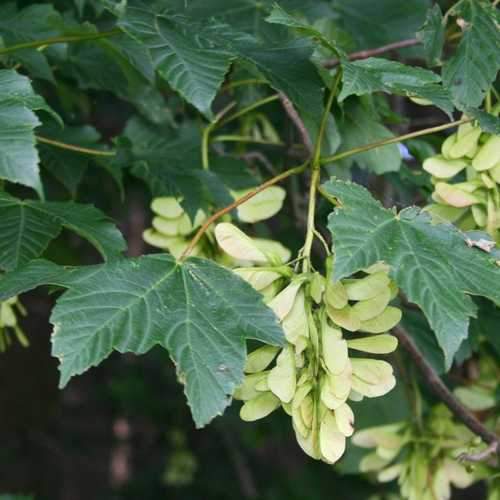Sycamore
Everybody knows Sycamore. Like it or loath it, the first specimens were introduced approximately 900 years ago, and since then it has taken over woodlands, hedgerows, railway lines, cliff sides, and everything from the smallest urban garden to the largest of arboretums. It's feared for its persistence in seeding practically everywhere- however, its usefulness is rarely spoken about. During its lifetime of approx. 200 years, it provides for hundreds of different species, including humans. Its sweet sap can be extracted from the bark to be used as an alternative to maple syrup; in Spring it blooms with thousands of nectar-filled flowers which bees absolutely adore. In Summer, you can find hundreds of birds nesting and raising their young in it, as well as many species of lichen and moss, and a variety of insects, on the bark.
In Autumn, Sycamore will leave as much as 2 ft of leaf litter on the ground and you will find squirrels, mice, hedgehogs, and many other species feeding on the seeds which will have fallen over the previous few weeks, and even nesting among the leaves at the base of the tree. In old age, the tree provides host to many many different fungi, insects and even a few mammals nesting in its hollow stem. Sycamore is also an amazingly diverse, low-odour and food-safe timber, which can be used for many items such as bowls, utensils, doors, windows, flooring, and a whole range of other timber products.
Site: Tolerates exposure, including extreme coastal sites.
Soil: Well drained, some damp, prefers acid but tolerates lime
Position: Full sun, some shade
Season of Interest: Autumn colour, wildlife
Hardiness: Fully hardy
Height: 80+ft (25m) Spread: 50ft (16m)






